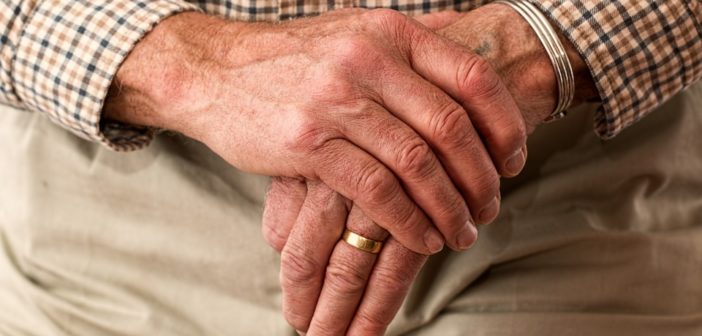Osteoarthritis (OA) is a condition characterized by the gradual decline of joint and cartilage tissue. It is a progressive condition that causes recurring pain in people. At present, it is estimated that around 27 million Americans suffer from this disease. The onset of OA is usually associated with aging. As the body advances in age, it’s ability to regenerate cartilage and bone tissue diminishes. This increases the body’s vulnerability to various forms of arthritis as it can no longer function with robust properties. As the condition progresses, people face increasingly debilitating symptoms, which tend to restrict them in performing many of the daily activities.
Although osteoarthritis is a disorder of the joints that can affect any joint of the body, it most commonly develops in hands, knees, and hips. There are multiple factors that contribute or raise the chances of people developing OA. These include:
Obesity
Excessive weight exposes the bone structure of the body to immense load. This increases the risk for arthritis in various joints of the body, mainly the knee, hip, and spine. The joints possess an extensive range of motion, due to which they have a less stable bone structure. This makes them more sensitive to obesity than other bones of the body. Maintaining ideal weight can reduce the risk of osteoarthritis or prevent it altogether. For those who already suffer from it, it is extremely necessary that they lose weight in order to delay or slow down its progression.
Heredity
When people inherit a mutated gene, which is suppose to build cartilage tissue, they’re predisposed to conditions like osteoarthritis. The inadequate function of tissue growth contributes to the deterioration of joints. Moreover, people born with any type of join complications or abnormalities are at greater risk for OA.
Injury
Injuries that affect muscles, tendons and ligaments of the body can raise the risk for osteoarthritis and even catalyze its development. Some bone related injuries can pose significant risk for causing chronic inflammation, which over time can lead to the different forms of arthritis. In addition, osteoarthritis can exist as a secondary condition triggered by the original condition or injury.
Repetitive Use
The repetitive use of joints either from rigorous activities or from maintaining an incorrect posture can cause osteoarthritis. Many individuals work jobs that require sitting, bending or using a certain part of the body excessively. Such people are at increased risk for joint degenerative conditions.
Aging
Aging significantly raises the risk for a vast variety of joint issues, including osteoarthritis. Since the healing mechanism is not as active it is in younger people, old people fail to counter the wear and tear of their joints by regenerating at the same level. With time OA causes complete or partial loss of the cartilage cushion creating friction between the bones during movement. This not only causes immense pain but also restricts people from various activities and mobility.
Treatment for Osteoarthritis
The treatment for OA is multifactorial – usually a combination of exercise, weight management and medicine like OrthoWave. Treatment factors typically depend on the health of the patient and are determined taking into account age, medical history, overall health and severity of the condition. Sometimes, in addition to eating growth promoting foods, exercising healthy and taking prescribed medicine physical therapy with muscle toughening exercises is also recommended.
In advanced cases, joint fluid elimination, installation of supportive device or invasive surgery may be employed to help patients recover from pain.
Acetaminophen, ibuprofen, and naproxen are over-the-counter examples of pain killing medicines that are used for pain alleviation. if these medicines aren’t effective, the doctor may prescribe anti-inflammatory drugs. In the case of severe pain, steroid injections can be taken which are directly stuck into the joint. These aren’t highly recommended as it is suggested by many experts that steroids, NSAIDS and Opiates can accelerate tissue generation in the long run. Many new procedures are underway that may have greater potential of treating osteoarthritis with effectiveness.




